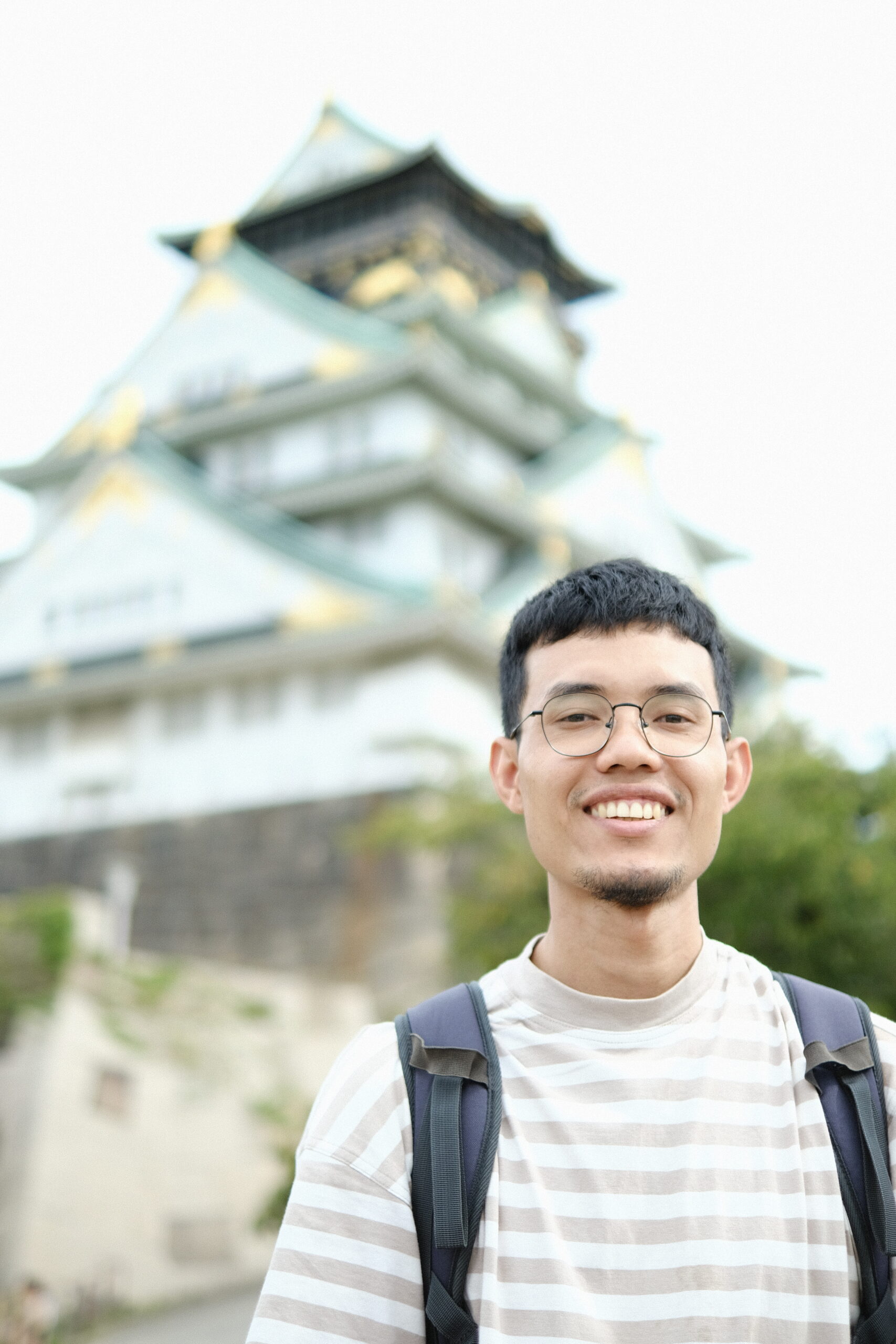the.BUR
The BUR is a one-man passion project, created as a platform to gather knowledge and information about all-things related to urban.
Initially, I wanted to called this blog Borey's Urban, implying that my name is Borey. However, Bountiful Urbanism Relationships would be more meaningful and sound less pretentious. My name is Siborey Sean and welcome to theBUR.site.
About me

I appreciate good urban planning and I want good planning for my city.
I cannot say that I am an urbanist. However, I am trying to do better. I am more of a practitioner and I find myself to be an effective learner through trails and errors.
I was born and raised in a tiny home in Phnom Penh city. The need for quality space has always been a major issue for my family and I. That is why I am fixated on finding solutions not just for my own family but for many families across Cambodia that are still and continue to live in such condition. Why do I choose urban planning? It is because I have seen many cities improved so many lives via good planning policies and support packages. Learning about urban development and planning have been my life's quest and I hope to continue doing so through this site.
What Do I do
Not an artist nor a scientist.
I make a living by working at a Development Cooperation Agency.
I am a self-taught student in many things: GIS, Leaflet JS, photography, blogging, graphic design, and cooking (I don't see how this is related).
By being a self-taught student, it has helped me greatly with my professional journey.

Books I read over the years
They say: you are what you consumed. Hence, these are some of the books that shape my view on urbanism.
This was one of the first books that immerse me into the field of urban planning and development.
“The history of planning cannot be divorced from a history of problems that give rise to planning…” – Peter Hall
Anyone who loves to design might appreciate this book. To quote a line from the book: “If the people don’t really know what they want, then what is the best way to satisfy their needs? In the case of human-centred design, it is to provide them with tools to explore by themselves, to try this and that, to empower themselves to success”
Jeff Speck is an American planner and architecture.
“Cities were created to bring things together. The better they do this job, the more successful they become. This has always been the case, but there was a time when what was good for cities was not good for citizens. The belching fumes of the dark satanic mills” and the rampant spread of epidemics through tenement housing shortened urban life spans dramatically. By 1900, a typical New Yorker enjoyed seven fewer years aboveground than his cousin on the farm.”
“The public has generally had little interest in change and limited expectations beyond reducing congestion, filling potholes, and a general concept of improving traffic. As long as planners and the engineers whose job is increasing cities’ automotive capacities hear that public has no appetite for change and no interest in safety, the message reinforces official behaviour to do nothing.”
This is my brief reflection of the book.
Urban planning or planning policy should evolve around human which is anthropocentric policy accorded. Let’s take a look on the street vendors; they are using pavement for their business activities and if the authority uses the brute force to get them out of the pavement, then they will find other places to dominate and rerun their business again. The same thing happens to everyone. Then why not make or regulate the law or policy around their interests? It will make their life a bit easier.
But wait! If we do that then people will take advantage of the situation. Well, we could have them apply for the right to do business. But would it be a waste of time and require more human resource to get the paperwork done? Yes! Of course! Then it doesn’t sound like a good solution. What if we spend money and time on to survey the site then put-up different solution onto different site location then it would be a good solution. Yes! It would cost a lot but then you will have to calculation the breakeven cost by taxation and the longevity of the business lifetime.
“A city sidewalk by itself is nothing. It is an abstraction. It means something only in conjunction with the buildings and other uses that border it, or border other sidewalk very near it” – Jane Jacob
“When we talk about cities, we usually end up talking about how various places look and perhaps how it feels to be there in those places. But to stop there misses half the story, because the way we experience most parts of cities is at velocity: we glide past on the way to somewhere else. City life is as much about moving through landscapes as it is about being in them”
Contact
I don't know why you would do that, but m'kay...
- 855-17894326
- seansiborey@live.com
- info@thebur.net
- Krong Siem Reap, Siem Reap Province, Cambodia